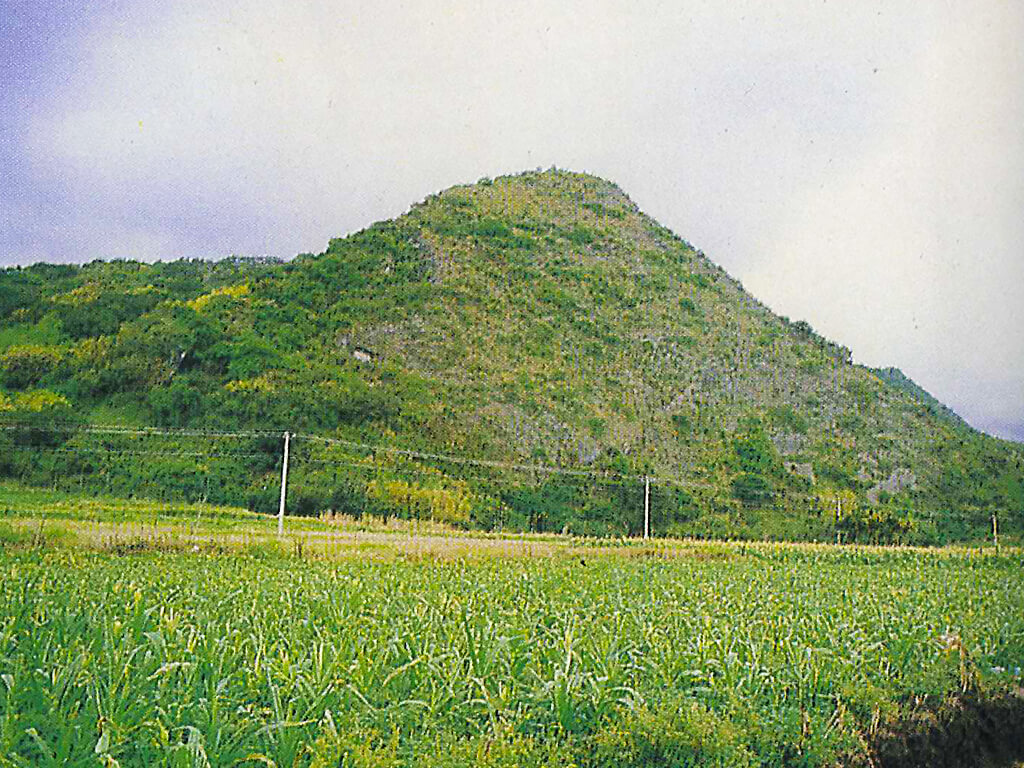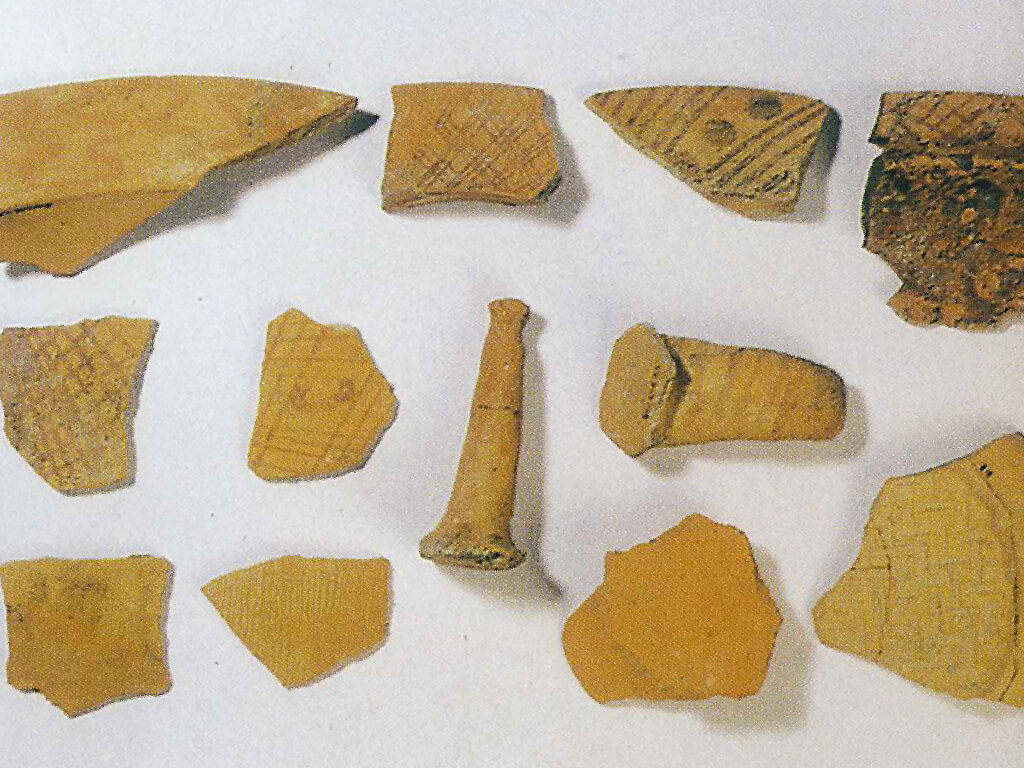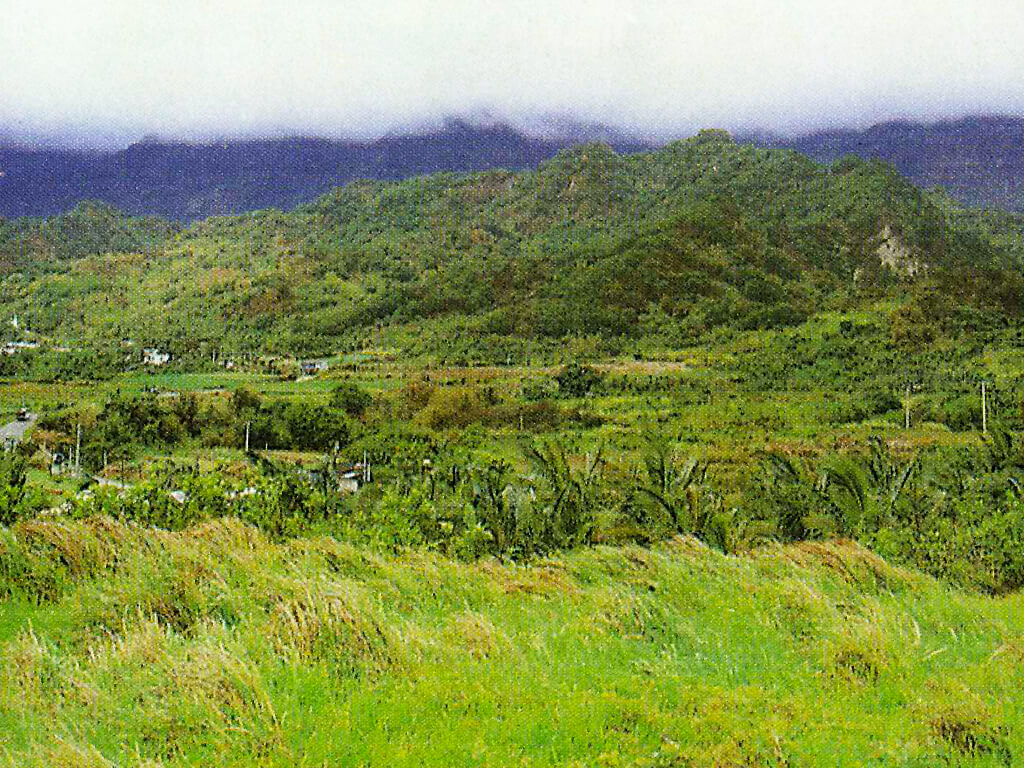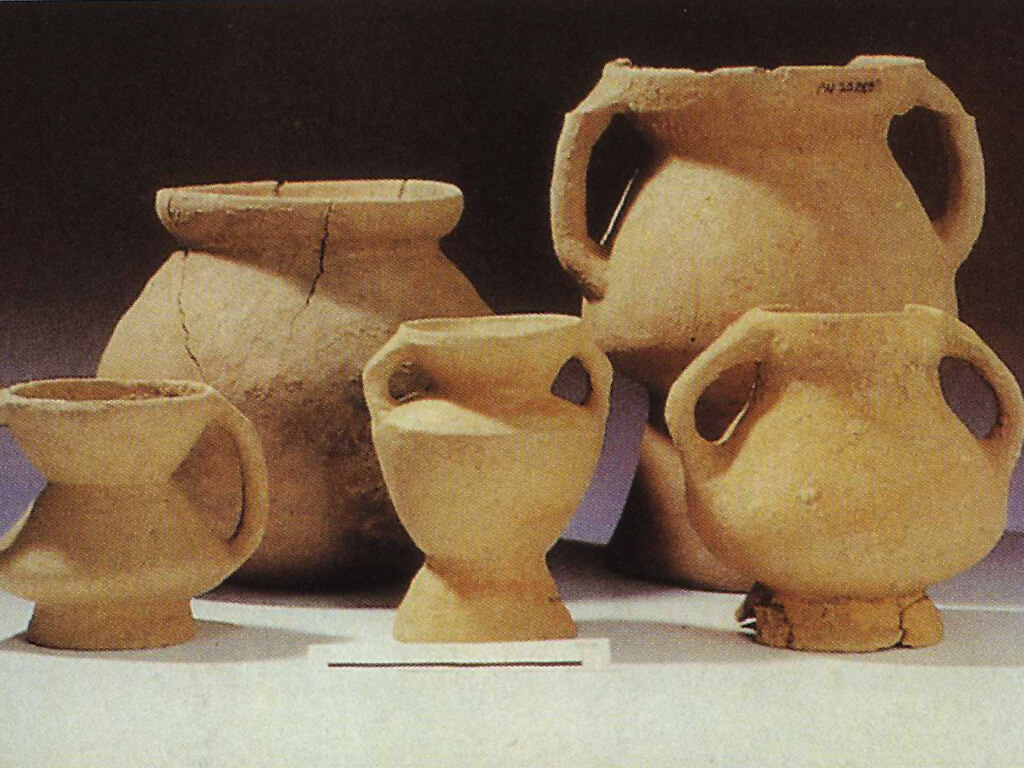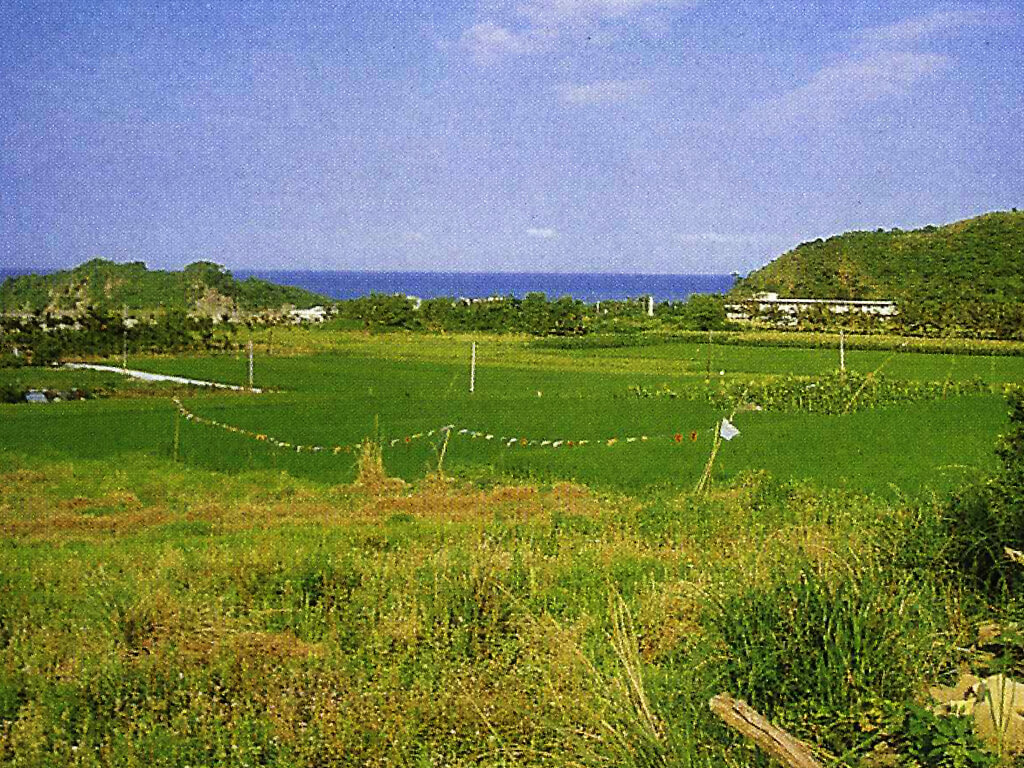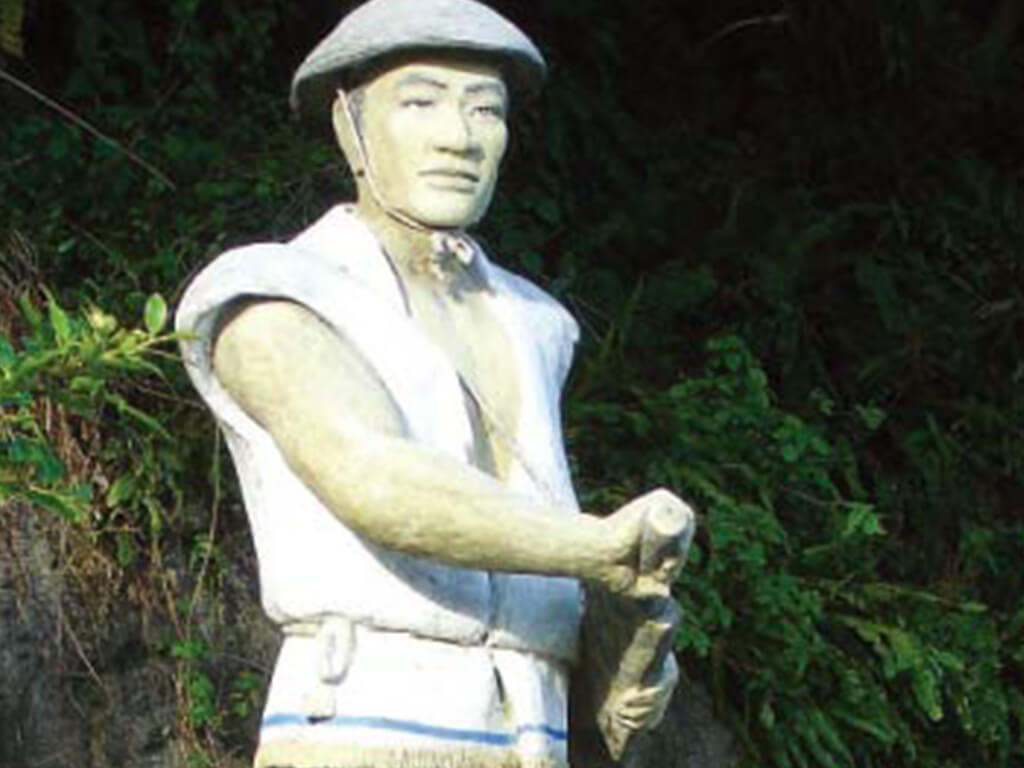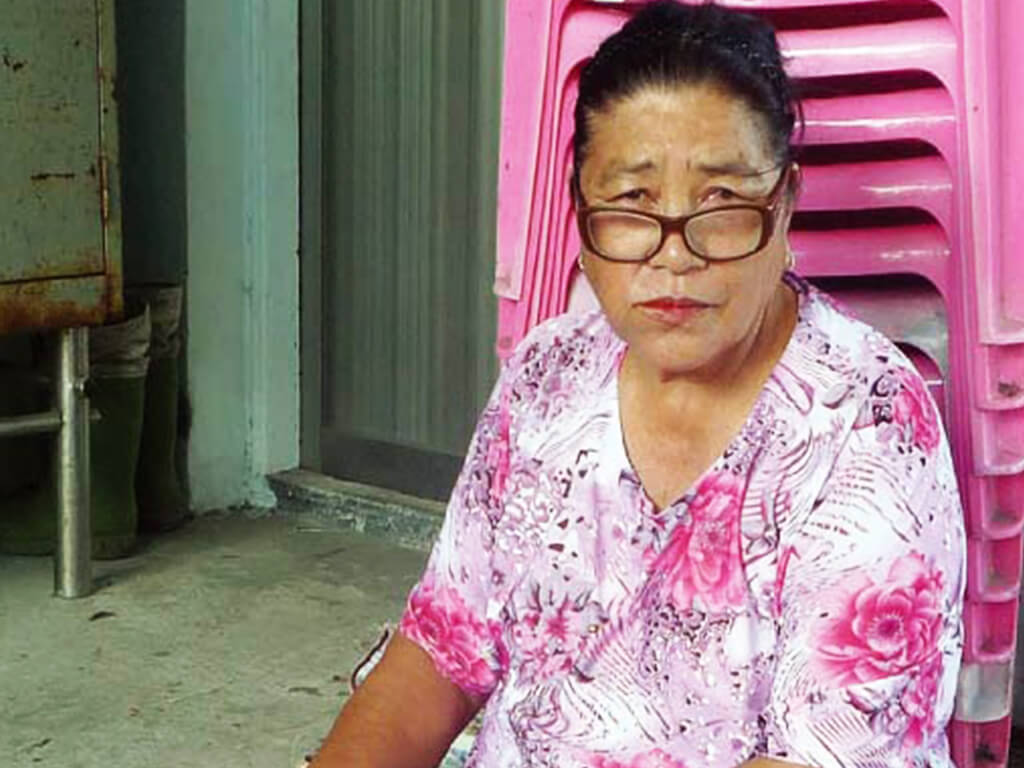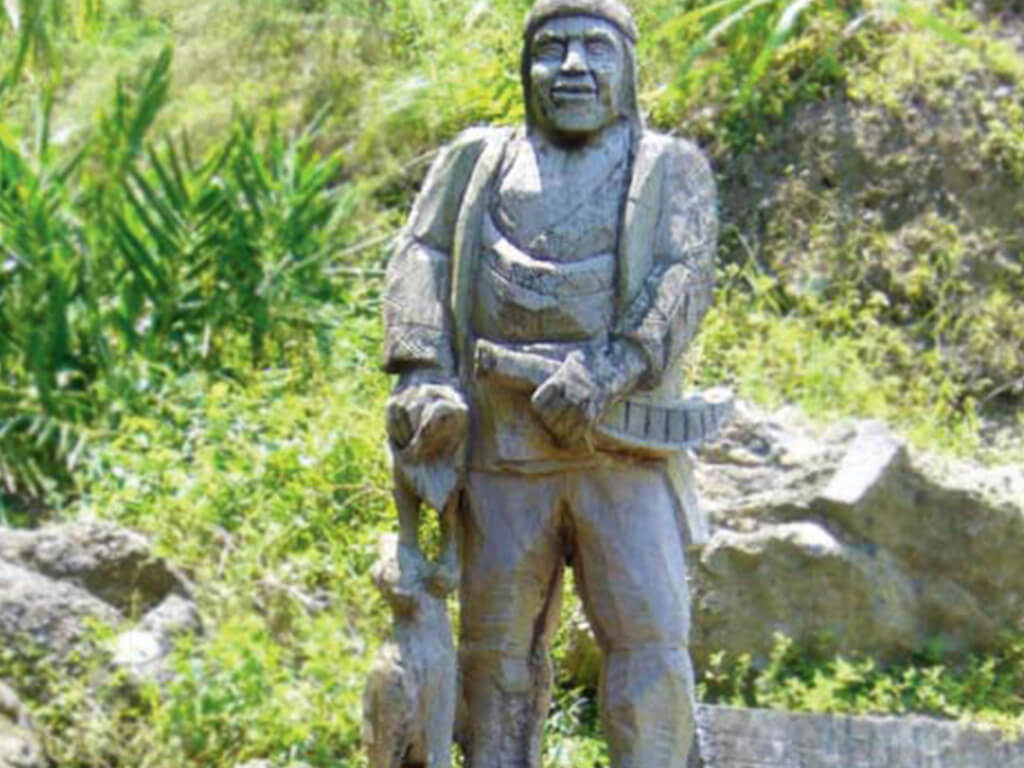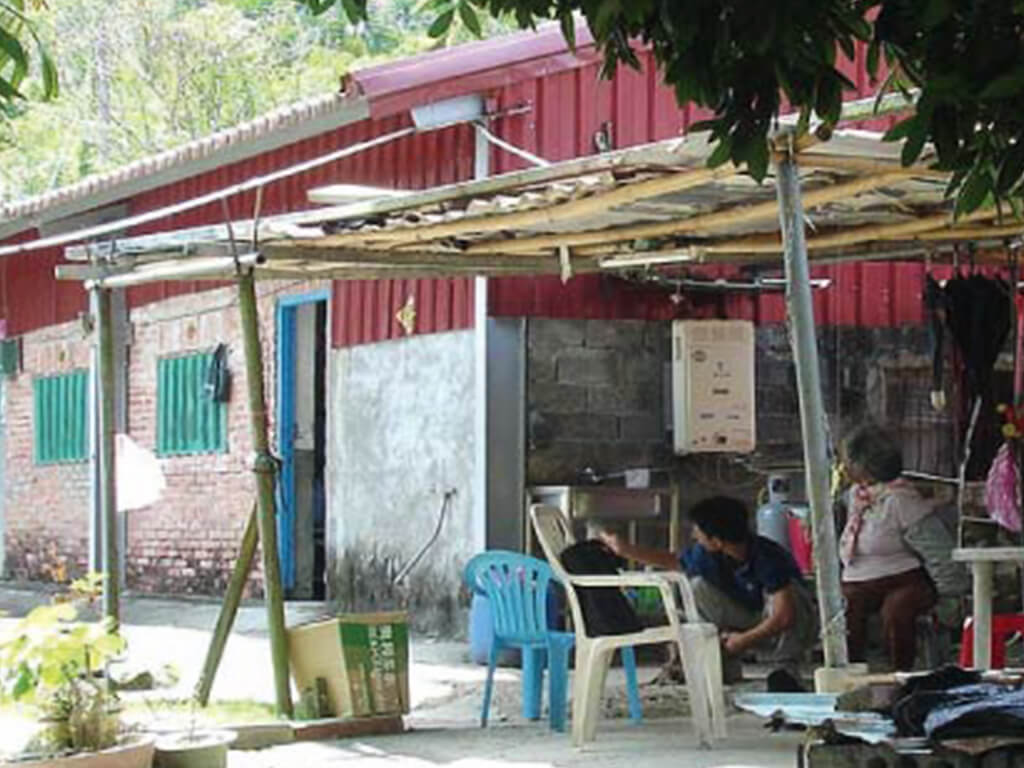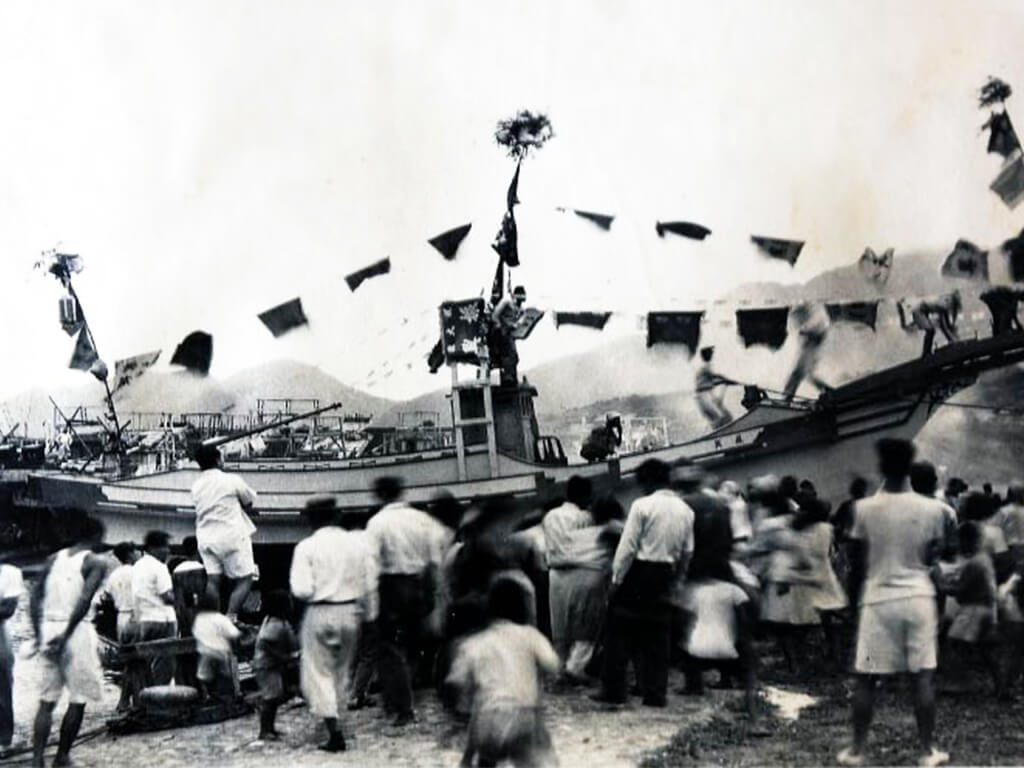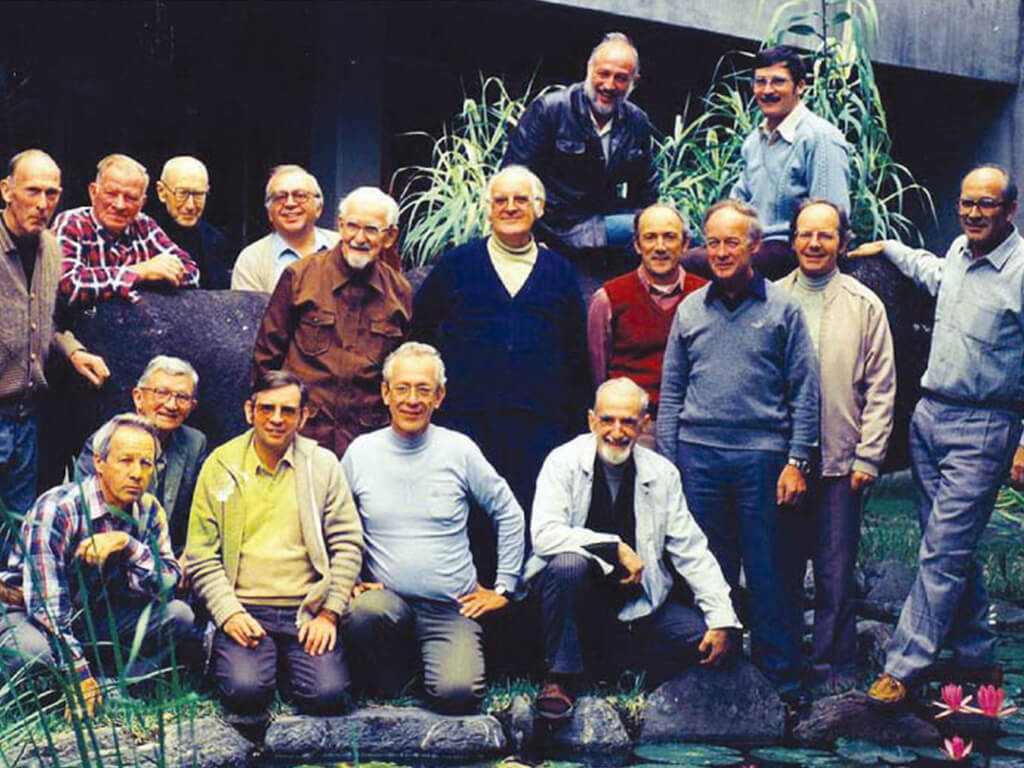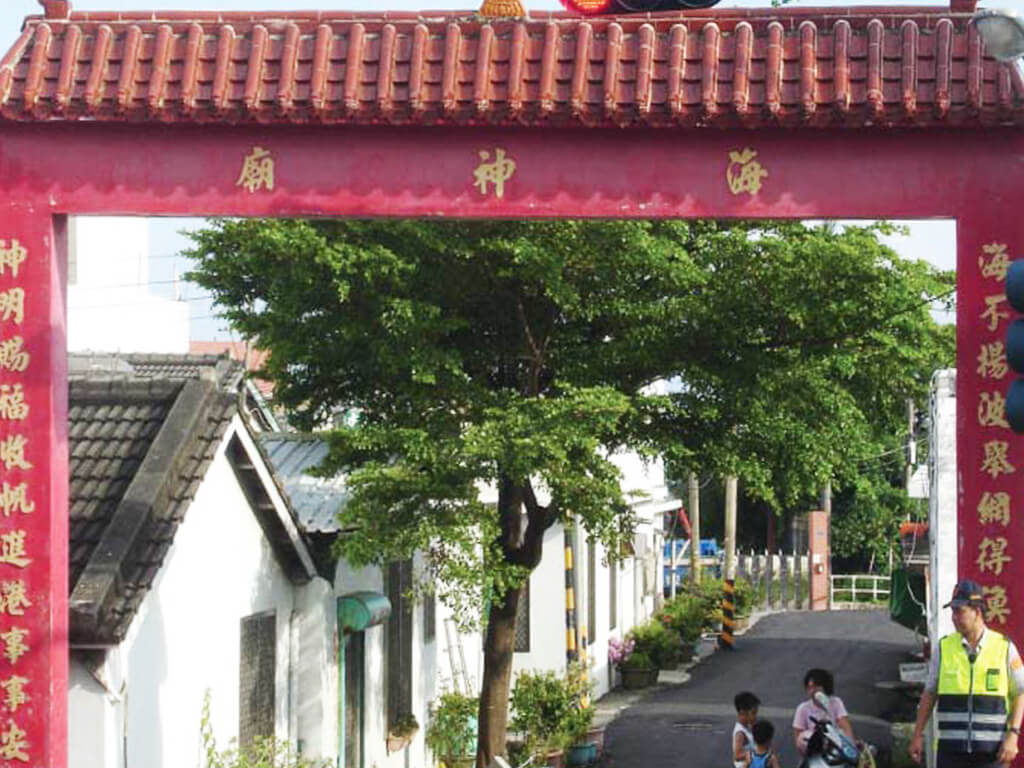Prehistoric Culture
A Diverse and Complex Culture Rich and Abundant Archeological Sites

Taiwan situated in a geological transition zone between the mainland and marine plates, underwent significant terrain changes when rivers and mountains separated. Ancient people migrated to Taiwan from various places, at different times and from diverse environments, to establish their lives. These settlers maintained and developed distinct cultures. Along Taiwan's easternmost coast, which borders the Pacific Ocean, a narrow strip of land hosts numerous prehistoric sites. Approximately 40 to 50 sites have been discovered, primarily located in coastal terraces. After extensive research, archaeologists found evidence of prehistoric cultures on the East Coast dating back around 50,000 years. These cultures continued to evolve until 200 to 300 years ago, spanning the Paleolithic Era, late Neolithic Age, and Iron Age. Each developmental stage left behind a wealth of diverse archaeological sites. Anthropologists classify these cultures into several categories: Changbin Culture, Jomon Pottery Culture, Kirin, Beinan Culture, and Ami Culture.
Changbin Culture
The Changbin Culture, a prehistoric Paleolithic Age culture, flourished in Taiwan roughly 30,000 to 10,000 years ago. Two representative sites are Baxiandong in Changbin Township (located about two kilometers south of Zhangyuan Village) and Xiaoma in Chenggong Township. Baxiandong features dozens of sea caves believed to have been used as homes by prehistoric people. Anthropology professors and students from National Taiwan University conducted research there between 1968 and 1980, uncovering numerous cultural artifacts. Xiaoma Cave, situated approximately 400 meters north of Donghe, rests on a limestone hill at the mountain's base. In 1988, a National Taiwan University archaeological team discovered tools and a tomb belonging to a Changbin Culture member, buried about one meter underground. The tomb's occupant appeared to be in a full squat or sitting position, making it the oldest tomb ever found in Taiwan. The Changbin Culture inherited Paleolithic traditions, relying on fishing and hunting without engaging in agriculture or pottery. All stone tools were chipped rather than polished.
Jomon Pottery Culture
he Jomon Pottery Culture emerged during the early Neolithic Age, approximately 4,000 years ago. This culture was not only found on the East Coast, but also in the west. Notable sites in Hualien and Taitung include Beinan, Lao Fan She, Chihang, Fushan, Yuchiao, Fengbin, Yanliao, and Daken. The Jomon culture was famous for its characteristic red-brown pottery. Jomon pottery is identified by its cord-pattern impressions or reliefs. Some pieces exhibit crude designs, while others feature more refined patterns. The pottery primarily takes the form of pots, bowls, and bottles. In addition to pottery, spinning wheels and ceramic rings have been discovered. The Jomon people also used various tools for hunting, including chipped stone axes, polished stone axes, chisels, spears, pestles, arrowheads, and cones. Based on available information, we can assume that agriculture was already developing during this period.
Kirin Culture
Approximately 3,000 to 4,000 years ago, the Kirin Culture (also known as Giant Stone Culture) emerged on Taiwan's East Coast. This culture, characterized by its giant stone formations, primarily occupied coastal terraces facing the Pacific Ocean, with a few sites found in the East Rift Valley. Notable Kirin Culture sites include Fang-Liao, Shin-She, Feng-Bin, Jung-Yong, Kirin, Dong-He, Taiyuan, and Doulan. One specific site, Kirin, is situated on a small hill northwest of the Southern Kirin Tribe in Cheng-Gong Township. In 1967, systematic excavations at this site revealed numerous giant stones, pottery, and stone tools within the cultural layer. The Kirin Culture is distinguished by its groupings of massive carved stones, including single standing stones, stone wheels, portraits, stone coffins, stone walls, boulders, and stone strips. Most of the single stones found at a site appear in rows, suggesting their association with religious rituals or architectural purposes.
Beinan Culture
The Beinan Culture, also known as the Puyuma Culture, emerged approximately 2,000 to 4,000 years ago as another Neolithic culture on Taiwan's East Coast. While the Beinan Culture primarily occupied the somesouthern region overlapping with the Kirin people, it extended to other areas as well. Key Beinan sites include Beinan, Lao Fang She, Liyu Mountain, Donghe, and Taiyuan. The most significant Beinan site is located on the south bank of the Beinan River in the delta plain of Taitung. Since 1970, extensive excavations have revealed a wealth of artifacts, stone sarcophagi, and architectural remnants. This large archaeological site showcases thousands of stone coffins, often accompanied by abundant funerary offerings. In addition to diverse pottery and stone tools, the discovery of substantial amounts of jade and stone ornaments further enriches our understanding of Beinan culture.
Amis Culture
The Amis Culture, the last of the prehistoric cultures on the East Coast, left its mark at cultural sites in Jingpu and Shuilian. These sites suggest that the culture may have been passed down by Amis ancestors. Notably, Amis pottery features red sand, including cans, pots, and bowls. Some vessels have handles, while others are equipped with wide buttons. Additionally, numerous pottery legs have been discovered. Interestingly, the shape of ancient Amis pottery closely resembles that of contemporary Amis pottery. Stone tools primarily consist of chipped stone axes, and other artifacts include pestles and hammers. Remarkably, there appear to be no differences between the stone pestle found at the site and later Amis stone pestles.
Story of the Coastal People
The Stories of the Mountain and Sea Strip Over 200 Years: Tales Told by Ethnic Groups Along the East Coast
The narrow coastal terrace east of the Coastal Mountains is an area of agricultural concentration, but only the Doulan and Chenggong areas show dramatic changes in elevation and have wider land. These narrow coastal terraces served as spaces for settlements and paddy fields. Over time, the area has been home to various ethnic groups of the East Coast. Prior to the Mudan Incident in 1874, the Amis people arrived seeking water and land. Additionally, the Siraya people were displaced from southwestern Taiwan due to land occupation by Taiwanese settlers, while Hakka people sought a new home here. Taiwanese individuals also migrated from Yilan to Chengguangao, the East Coast's first natural harbor, engaging in business and trade. Over a 200-year period, many people flocked to the East Coast, which has witnessed numerous interesting and memorable events.
Amis People
The Amis people can be considered the earliest inhabitants of the East Coast. In 1721, to avoid conflict with the Bunun tribe, which was moving eastward, as well as other tribes like the Saisiyat and Taroko, the Amis and other indigenous groups established their own isolated territories. These areas included Hengchun, Beinan, Xiuguluan, and Nan-Shi. Between 1877 and 1878, the Dagangkou Incident occurred, during which the Qing army trapped over 160 Amis youths, leading the Amis to migratesouthward for safety. Subsequently, in the southern regions, the Amis established numerous smaller tribal communities.
Kavalan and Sakiazya People
In 1878, the Chialiwan Incident erupted on the Qilai Plain. During this time, the Kavalan people from Yilan and the Jinlaoye Sakiazya people from Hualien faced harassment by the Qing army and were compelled to relocate. Since then, the Coastal Range to the east has become home to both the Kavalan and Sakiazya communities. The Kavalan predominantly reside within the Xin-She tribe in Fengbin Township, while the Sakizaya people are mainly distributed in Ciwidian (Shoufeng Township) and Jiqi (Fengbin Township).
Bunun
The Bunun tribe traced the wild boars' path across the Rift Valley in 1947, settling in the East Coastal Range. Since then, their renowned eight-part harmony songs have resonated from the Nanxi tribe in Changbin township.
Veterans
Since 1965, the Veterans Affairs Commission has been settling veterans who contributed to the establishment of this country along the East Coast. These settlements include places like Tai-Lai Farm in the north and Donghe Farm in the south. Additionally, veterans who served in the Coastal Defense Department have also relocated to the east to spend the rest of their lives.
Minnan, Hakka and Migrating Fishermen
In 1895, the Japanese government established itself in eastern Taiwan. They promoted economic production, logging businesses, mountain reclamation, and harbor development. As a result, Hakka and Minnan people, along with fishermen from Hengchun, Green Island, and Japan, migrated to the east coast for farming and business opportunities.
Bethlehem Fellows
In 1953, Bethlehem Fellows arrived among the Amis tribe. The white Catholic churches, standing out against the blue Pacific Ocean, have become a common sight along the coast.
Da Chen Islande
In 1955, at the height of Civil War concerns, many islanders followed the army and withdrew to Taiwan. More than 400 displaced mainland Chinese who spoke the Minnan dialect were placed in Fugang, a fishing town, to make a living. Fugang later became famous on the East Coast for being a veteran village.

